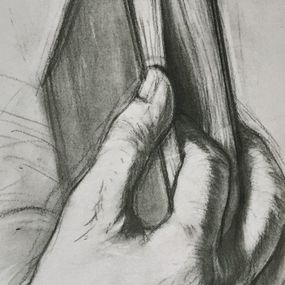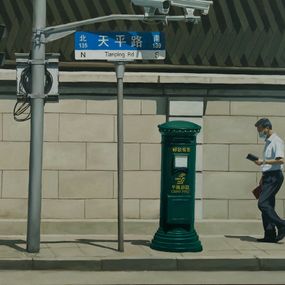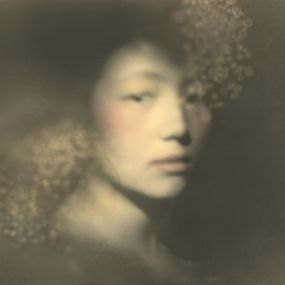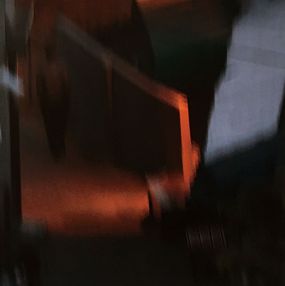
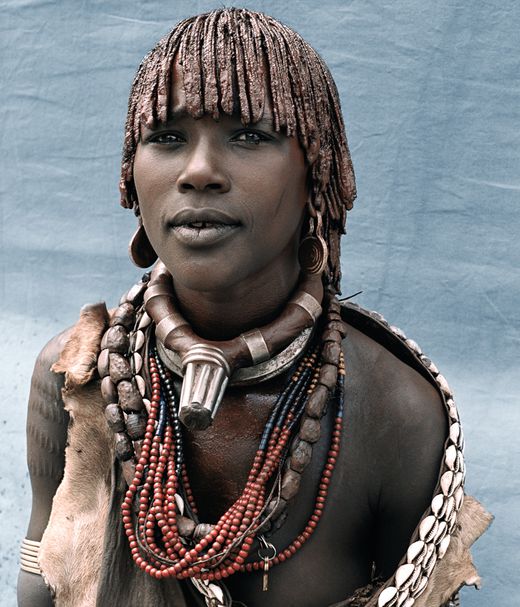
Biography
An anthropologist by training, the reporter and photographer Françoise Spiekermeier has always been interested in the representation of the body and images of beauty in fashion, the press, art, photography, even as a war reporter when she covered the conflicts in Kosovo, Chechnya and Afghanistan. Her reports earned her the Bayeux Prize for War Correspondents in 2001. Her work is the subject of regular exhibitions: "Chechnya, the Other Face" (Photo Month in Paris, 2002), "Chechen women" (Little Big Galerie Paris 2009, Perspektivet Museum in Trömso in Norway, 2010) ...
Since 2009, she has focused her photographic work on the rituals of beauty worldwide, a theme she has declined in a series of documentary films for Les Nouveaux Explorateurs, broadcast on Canal + between 2011 and 2013.
Françoise Spiekermeier considers the representation of the body and beauty as the ultimate acts of resistance of the human being faced with the harshness of everyday life and sometimes with the horrors of the world.
In her book "Beauties, beauty will save the world", published in 2016 by La Martinière, bringing together more than 200 photographs, she reveals a work carried out in Ethiopia, South Sudan, Niger, India, Afghanistan and in Papua New Guinea.
Through these portraits, which are as much reminiscent of ethnographic images as fashion photos, the photographer shows the grace and individuality of each of her models.
Far from conversationalist clichés and beyond the splendor of images, it shows how ancestral aesthetic codes, while retaining their strength, spontaneously hybridize through the appropriation of "modern" objects.
p.p1 {margin: 0.0px 0.0px 0.0px 0.0px; text-align: justify; font: 12.0px 'Helvetica Neue'; color: #454545}
p.p2 {margin: 0.0px 0.0px 0.0px 0.0px; text-align: justify; font: 12.0px 'Helvetica Neue'; color: #454545; min-height: 14.0px}
Françoise Spiekermeier thus invites us on a photographic journey that upsets our perception of beauty and testifies, in this era of global communication, to the exemplary vitality of tribal cultures.
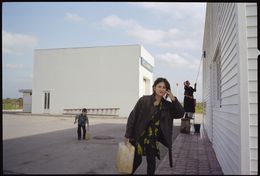
Françoise Spiekermeier
Photography - 50 x 75 cm Photography - 19.7 x 29.5 inch
$1,828
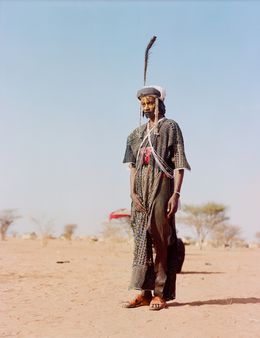
Françoise Spiekermeier
Photography - 90 x 60 cm Photography - 35.4 x 23.6 inch
$877
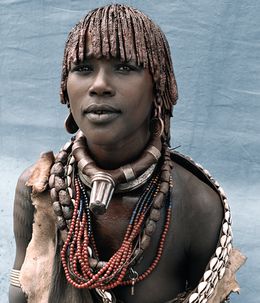
Françoise Spiekermeier
Photography - 60 x 50 cm Photography - 23.6 x 19.7 inch
$853

Françoise Spiekermeier
Photography - 50 x 75 cm Photography - 19.7 x 29.5 inch
$3,046

Françoise Spiekermeier
Photography - 50 x 75 cm Photography - 19.7 x 29.5 inch
$1,584

Françoise Spiekermeier
Photography - 50 x 75 cm Photography - 19.7 x 29.5 inch
$1,828

Françoise Spiekermeier
Photography - 50 x 75 cm Photography - 19.7 x 29.5 inch
$4,264
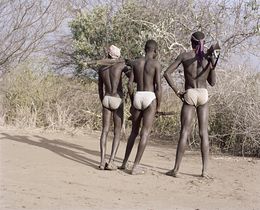
Françoise Spiekermeier
Photography - 50 x 60 cm Photography - 19.7 x 23.6 inch
$975

Françoise Spiekermeier
Photography - 60 x 50 cm Photography - 23.6 x 19.7 inch
$1,097

Françoise Spiekermeier
Photography - 60 x 50 cm Photography - 23.6 x 19.7 inch
$1,097
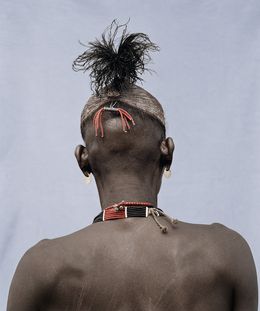
Françoise Spiekermeier
Photography - 60 x 50 cm Photography - 23.6 x 19.7 inch
$1,097





